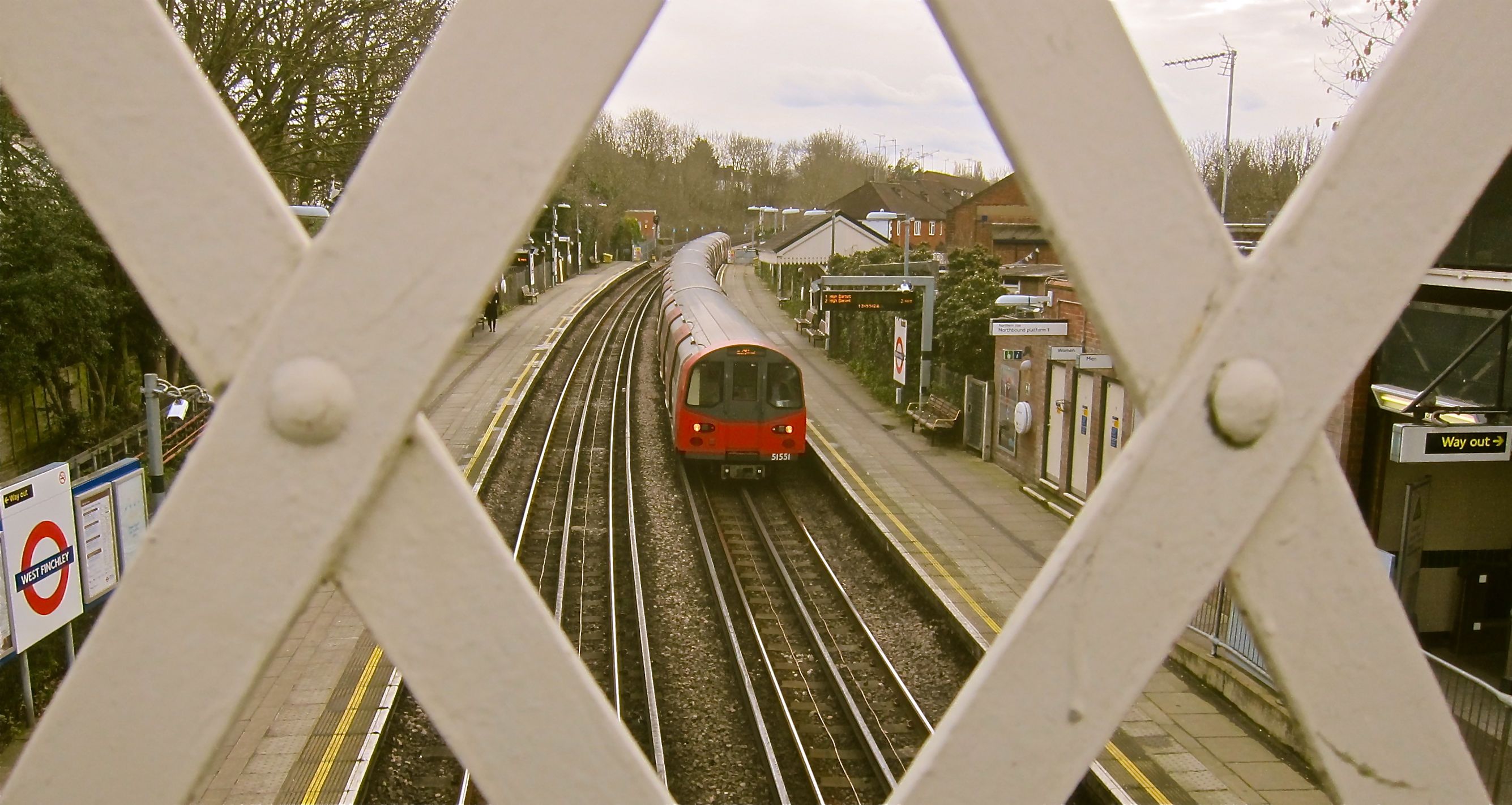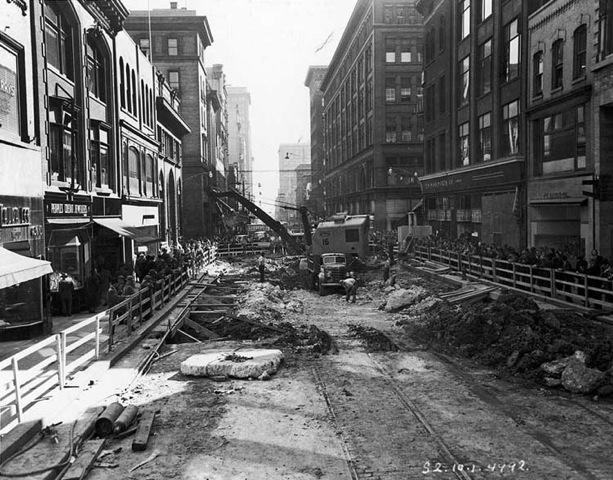
By STEPHEN WICKENS
If eliminating subway stations to save money is the way to go, why haven’t we pondered going all the way? Why not a no-stop Bloor-Danforth extension in Scarborough?
I’ve been asked repeatedly what I think of the January 2016 transit compromises (and some have also asked whether the plan might give us the world’s longest stretch between stations on a tunnelled subway).
I love the idea of cutting unnecessary expenditures, and I fully back the reallocation of resources to Eglinton-Crosstown extensions. But the one-stop subway idea requires serious re-examination.
Extra long access-free underground corridors, though rare, are useful and are used in extremely special cases. The question is: What makes Scarborough so special?
Moscow has a 6.6-kilometre tunnelled stretch with no intermediate stations between Krylatskoye and Strogino on the Arbatsko-Pokrovskaya (Line 3). That’s 900 metres longer than the uninterrupted stretch proposed as a Bloor-Danforth extension from Kennedy to Scaborough Centre under Eglinton Avenue and McCowan Road, but it is used to protect Serebryany Bor forest on the city’s western flank.
Geography also explains the 9.6-km ride from Embarcadero to Oakland 12th Street on the BART. That’s two-thirds longer than our Scarborough gambit, but not even the looniest Toronto politician would consider stations under San Francisco Bay – or would they?
A definitive list of global examples on this scale would be short, but the fact we’re considering joining the club without a geographic barrier says lots about the perceived level of political crisis over Scarborough, as well as the strange obsession some locals have with tunnelled transit.
Widely spaced stations on the world’s great systems aren’t rare in themselves, it’s just that they’re almost always above ground, such as the 6.3-km stretch between Chesham and Chalfont & Latimer on London’s Metropolitan line (upper-left corner of your Tube map).
Sane cities rarely tunnel once their subway tentacles spread beyond dense cores. Fifty-five per cent of the London Underground is actually above ground. Honest!
MTR Corp. of Hong Kong, which in recent decades has been the international gold standard in terms of combining an urban transit business model with great service and continual system expansion, is 62 per cent above ground.
Our ancestors – Torontonians who who survived the Great Depression and helped win World War II – got this, and their wisdom and sacrifices left us the basics of a very good system (at least in North American terms).
Their Toronto was much smaller and poorer, yet they built good subways – and did so without funding from Queen’s Park or Ottawa. They opted for open trenches between Bloor and Eglinton on the Yonge line (since covered between Summerhill and St. Clair). They used shallow cut-and-cover box tunnels to keep costs down on most of the rest of the early system – the parts that now need relief.
Now, we’re too good or too rich for such economy measures. Cut and cover is messier and often requires expropriations, but it allowed our ancestors to hit budgets and deadlines. They built the University and Bloor-Danforth lines (Woodbine to Keele), 16 kms and 25 stations in just 75 months. That’s less time than we’ve spent so far on the 8.6-km six-stop, wildly over-budget Spadina-York extension.

The wise elders only considered corridors that could justify lots of stations. The one-stop Scarborough idea is about the same distance as Queen to Eglinton on the Yonge line, and Woodbine to Yonge on the Bloor-Danforth, stretches that comprise 10 stations, eight of them intermediate. Yonge to Keele, also about 6 kms, has 11 and nine of them intermediate.
Of course, once subway tunnels get very long, they require emergency exits, one for every 762 metres. TTC admits this Scarborough idea would need eight of them, and while they’re cheaper than stations, they’re very expensive. (The extension will also go under West Highland Creek three times and have the deepest station on the TTC system, incredibly wasteful design). Those who ran Toronto in the 1950s and ’60s would tell us that if three stations are too many for the Scarborough plan, it’s not a logical subway idea in the first place (whether it costs $3.56-billion with three station or $2.1 billion with one … and certain to start rising again).
And our ancestors come to those conclusions even if there weren’t a cheaper option in replacing the SRT rolling stock and rebuilding the bend, or massive potential at a good price in the Scarborough ExpressRail/SmartSpur option – which the city is now afraid to study because it would undercut the sacrosanct subway plan. See the Star’s Royson James.
Our ancestors would also warn us that it’s crazy to even start on Bloor-Danforth or Yonge extensions until after the Relief Line and/or some variation of SmartTrack is up and running (tiny, cramped Bloor-Yonge station is dangerously crowded, handling 30% more riders daily than the busiest stop on the London Underground (three-line Oxford Circus station).
A no-stop subway? Obviously it’s an absurd idea, but only slightly more-so than the one-stop proposal considered sacrosanct by politicians eager to saddle us with yet another public transit blunder.
We have better options, and the best way to thank those who left us a great legacy is to do great things for our descendants, people who’ll need to get around Toronto and its suburbs long after we’re gone.
Stephen Wickens is a veteran journalist and transportation researcher.